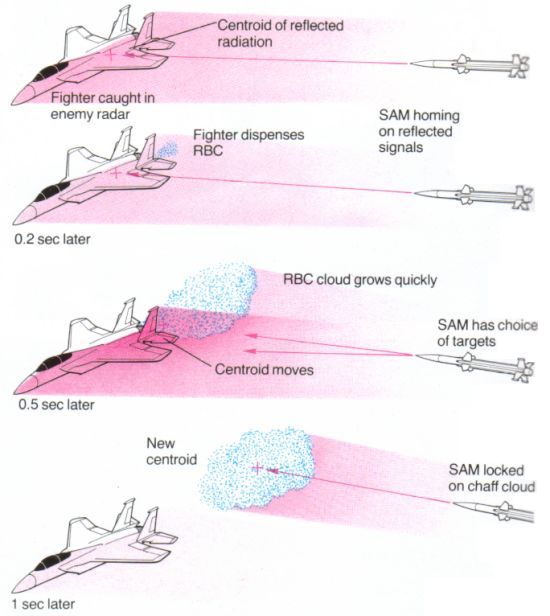 |
| The entrance to Camp Stanley, South Korea. The camp was established in 1955 as a tent city, and has since become something of a memorial for Korean war veterans. Photo via Camp Stanley Korea. |
On January 7, one day after US Defense Secretary Chuck Hagel met with South Korean Foreign Minister Yun Byung-se,
the US Army announced a rotational deployment of an 800-person cavalry unit from Fort Hood, TX to two bases, Camps Hovey and Stanley, in South Korea.
The Department of Defense press release states the mission of the "combat-ready" US Army's 1st Battalion, 12th Cavalry Regiment, 1st U.S. Cavalry Division:
"This combined arms battalion, comprised of approximately 800 soldiers and its own wheeled and tracked vehicles, will deploy to conduct operations in support of U.S. Forces Korea and Eighth Army. This action supports the United States' defense commitment to the Republic of Korea as specified by the mutual defense treaty and presidential agreements."
The deployment information released by DoD does not mention any unmanned systems to be deployed in the Koreas, but the release does state that the equipment "will remain in country for use by follow-on rotations" and that the battalion's missions are part of an "enduring rebalancing effort within the Asia-Pacific region" that "allows for greater responsiveness to better meet theater operational requirements."
Knowing the DoD's roadmap for increased deployment of unmanned systems in the Pacific Theater and greater Asia, one can only assume that these systems will arrive in the Koreas at some point in the future if they have not been deployed already.
 |
| A map of the 22 recorded US Military camps in the Korean DMZ area shows the clear emphasis on the thin border and naval area separating North and South Korea. Image via GlobalSecurity. |
Camp Hovey, located in the Gyeonggi Province, is right on the border between North and South Korea, while Camp Stanley, a helicopter refueling and landing base, is only twenty miles from Seoul, South Korea's capital. Each base is currently home to about 2,500 troops and personnel. Before assuming that these bases are solely focused on militarism, consider for a moment the
Facebook photos posted by Area I Red Cloud Casey, part of the collective bases that includes Camp Stanley. They feature musical performances, comedy acts, talent shows, and visitations from the Dallas Cowboys Cheerleaders. Even the cast of Sesame Street came to entertain the families' children
on an October USO Tour. The welcome video shown below details the many hospitable aspects of deployment in Area I, including access to frequent entertainment, shopping, dining, and other amenities.
Knowing full well that these are skewed with propaganda in mind, these kinds of resources put into perspective the current situation for troops on the ground in South Korea. If conflict were to arise, these bases could once more become heavily active resupply stations for air forces.


















_arrives_at_Mole_Pier_at_Naval_Air_Station_Key_West.jpg)















